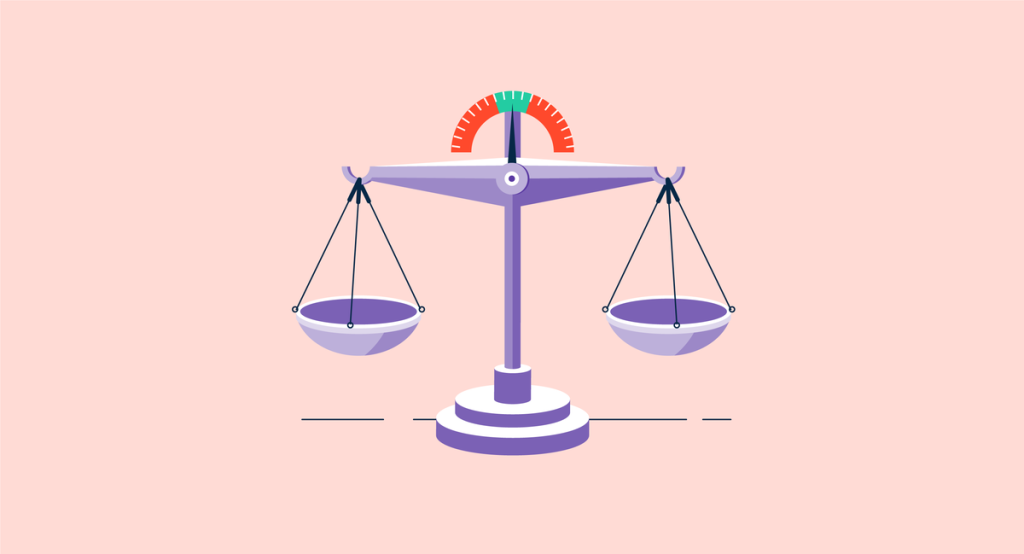Chargebacks present a significant challenge for businesses, leading to financial losses and reputational risks. This guide provides a clear, actionable approach to understanding and disputing chargebacks, including practical steps, preventive measures, and the financial implications involved.
1. Introduction to Chargebacks
A chargeback occurs when a cardholder disputes a transaction, and the issuing bank reverses the payment made to the merchant. Chargebacks were introduced under the Fair Credit Billing Act of 1974 as a consumer protection tool. However, they have become a costly issue for merchants.
Key facts:
- Chargebacks cost merchants around $40 billion annually worldwide.
- The average chargeback fee ranges from $15 to $100 per transaction.
- Approximately 86% of chargebacks are “friendly fraud,” where legitimate transactions are disputed.
2. Understanding the Chargeback Process
Stages of a Chargeback
The chargeback process typically involves the following steps:
- Cardholder Disputes a Transaction: The cardholder contacts their bank to report an unauthorized or incorrect transaction.
- Issuing Bank Reviews the Claim: The bank assesses the claim to see if it fits the criteria for a chargeback.
- Chargeback Initiation: If valid, the bank reverses the payment, debiting the merchant’s account.
- Merchant Notification: The acquiring bank informs the merchant about the chargeback.
- Merchant Response (Representment): If the merchant disputes the chargeback, they submit evidence to the issuing bank.
- Bank’s Decision: The issuing bank reviews the evidence and makes a final decision.
Table 1: Chargeback Process Timeline and Deadlines
| Step | Party Involved | Deadline | Notes |
|---|---|---|---|
| Cardholder Disputes Transaction | Cardholder | 60-120 days | Varies by card network |
| Issuing Bank Reviews Claim | Issuing Bank | 20-30 days | |
| Chargeback Initiation | Issuing Bank | Immediate | |
| Merchant Notification | Acquiring Bank | 2-5 days | |
| Merchant Response (Representment) | Merchant | 20-45 days | Depends on the card network |
| Final Decision | Issuing Bank | 10-15 days |

3. Common Reasons for Chargebacks
Chargebacks occur for several reasons. Some of the most common include:
- Fraudulent Transactions: Unauthorized use of card details.
- Product Not Received: The customer claims the goods or services were not delivered.
- Product Not as Described: The customer argues that the product received did not match the description.
- Technical Errors: Issues such as duplicate billing.
- Friendly Fraud: The customer disputes a legitimate transaction.
Table 2: Common Chargeback Reason Codes and Their Frequency
| Reason Code | Description | Percentage of Total Chargebacks |
|---|---|---|
| Fraudulent Transaction | Unauthorized transaction | 35% |
| Product Not Received | Goods or services not delivered | 20% |
| Product Not as Described | Discrepancy between product and description | 15% |
| Technical Errors | Duplicate charges or billing errors | 10% |
| Friendly Fraud | Legitimate transaction disputed by the cardholder | 20% |
4. The Financial Impact of Chargebacks on Businesses
Chargebacks are not just about losing a sale; they carry additional costs that can add up quickly.
Effects on Merchant Accounts
- Chargeback Ratio: A critical metric is the chargeback ratio—the number of chargebacks compared to total transactions. Most card networks set an acceptable chargeback ratio at 1%. Exceeding this threshold can lead to penalties, higher fees, or even termination of the merchant account.
- Fees: Fees for each chargeback can range from $15 to $100, and this does not include the lost revenue, goods, or the operational costs of dealing with the chargeback.
Table 3: Estimated Financial Losses Due to Chargebacks
| Item | Cost Per Chargeback | Notes |
|---|---|---|
| Chargeback Fee | $15 – $100 | Varies by payment processor |
| Lost Revenue | $100 – $500 | Average transaction value |
| Additional Operational Costs | $50 – $150 | Includes customer service, legal fees, etc. |
| Total Estimated Cost | $165 – $750 | Per chargeback |
Reducing chargebacks is crucial to avoid these costs. Strategies include improving customer service, verifying transactions, and using fraud prevention tools.

5. How to Dispute a Chargeback
Disputing a chargeback requires a clear understanding of the process and strong supporting evidence.
Steps to Dispute a Chargeback
- Review the Chargeback Notification: Identify the reason code and gather relevant transaction data.
- Collect Evidence: Depending on the chargeback reason, this may include transaction receipts, delivery confirmations, and customer communications.
- Submit a Rebuttal Letter: This letter should explain why the chargeback is unwarranted, supported by the collected evidence.
- Follow the Timeline: Ensure all documentation is submitted within the specified deadlines.
- Monitor the Process: Track the chargeback status and be prepared to escalate to arbitration if needed.
For businesses seeking to streamline this process, Merchanto.org, a partner of Visa and Mastercard, offers tools and services designed to help prevent chargebacks. Visit Merchanto.org for more information.
6. Preventing Future Chargebacks
Preventing chargebacks is more cost-effective than disputing them. Here are essential practices:
- Enhance Transaction Security: Implement AVS, CVV checks, and 3D Secure.
- Clear Product Descriptions: Ensure product descriptions are accurate to avoid disputes.
- Transparent Communication: Clearly communicate return and refund policies to customers before they make a purchase.
- Automate Chargeback Alerts: Use systems that notify you immediately when a chargeback is initiated.
7. Conclusion
Chargebacks pose a serious risk to business profitability. By understanding the chargeback process and implementing preventive measures, merchants can protect their revenue and maintain good standing with payment processors.
Key Points:
- Chargebacks are costly and can have severe financial implications.
- Understanding the reasons behind chargebacks can help merchants dispute them effectively.
- Prevention is the best approach, using clear communication, transaction security, and fraud detection tools.



